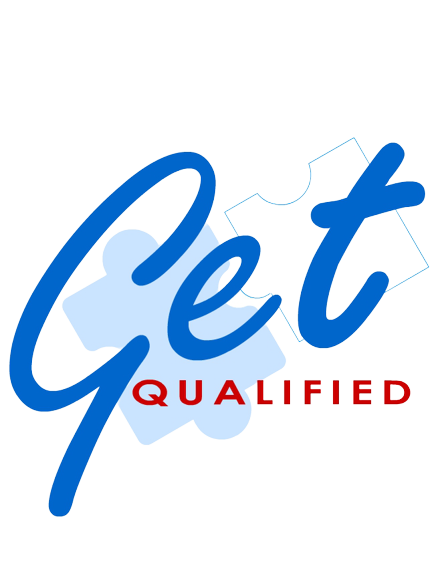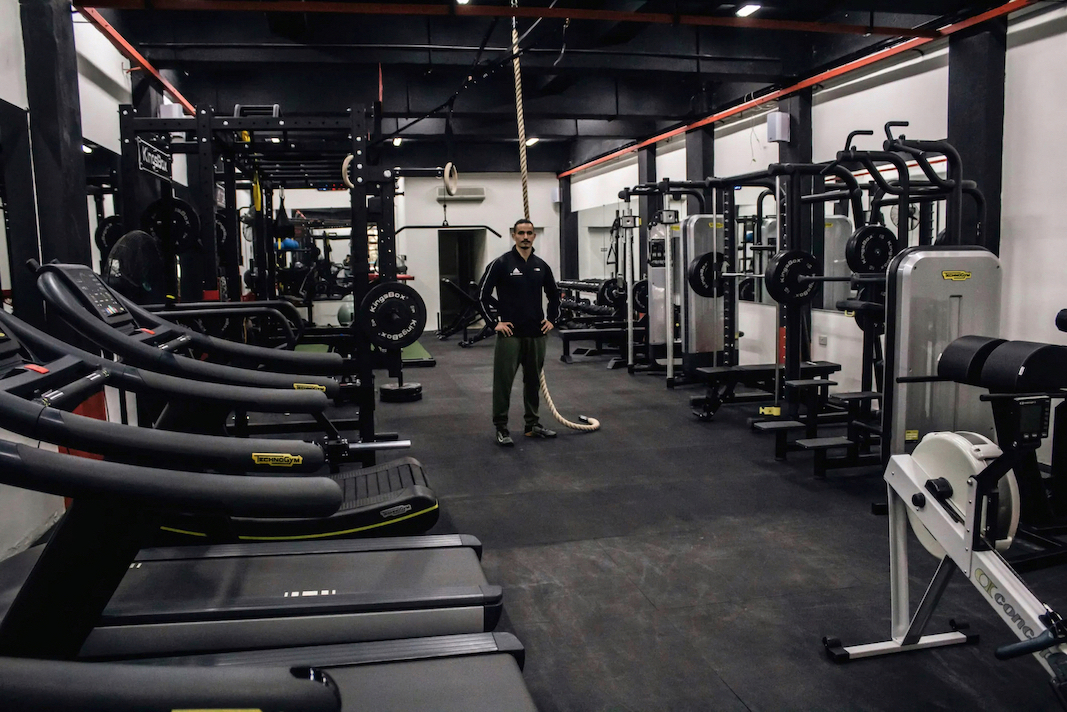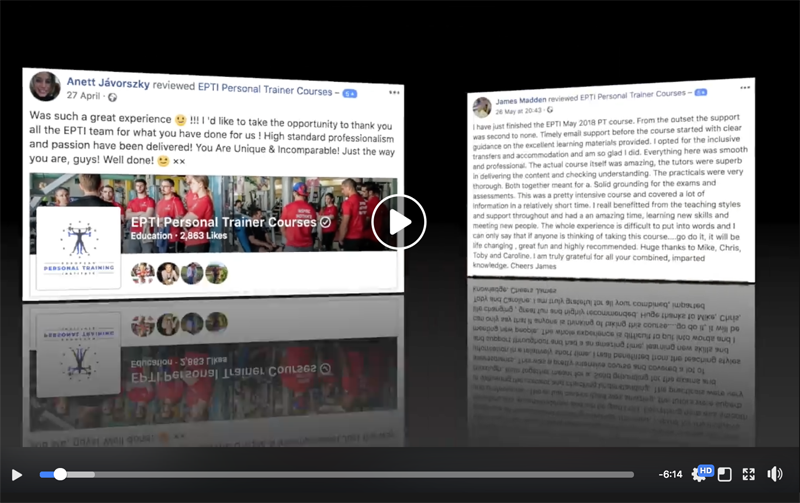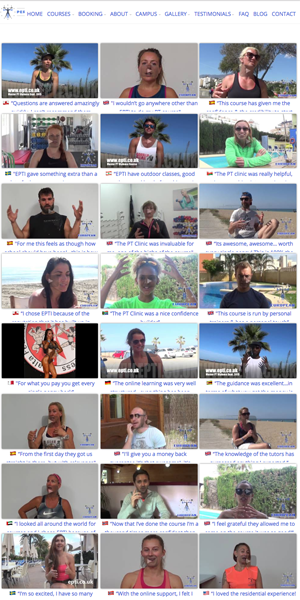Carlin Polidano
(EPTI Advanced PT Diploma graduate, November 2017)
Carlin was originally enrolled on EPTI’s very first Malta-based PT Diploma practical course, back in June 2017. However, he was unable to attend due to rupturing his achilles tendon whilst training for a Spartan race.
I still remember him making a visit to the practical course hobbling into the gym on crutches to say “Hi!” to our teaching team.
Fortunately he made a full recovery in time to attend our next practical course in November 2017. At this time he was employed as a full time firefighter at Malta International Airport.
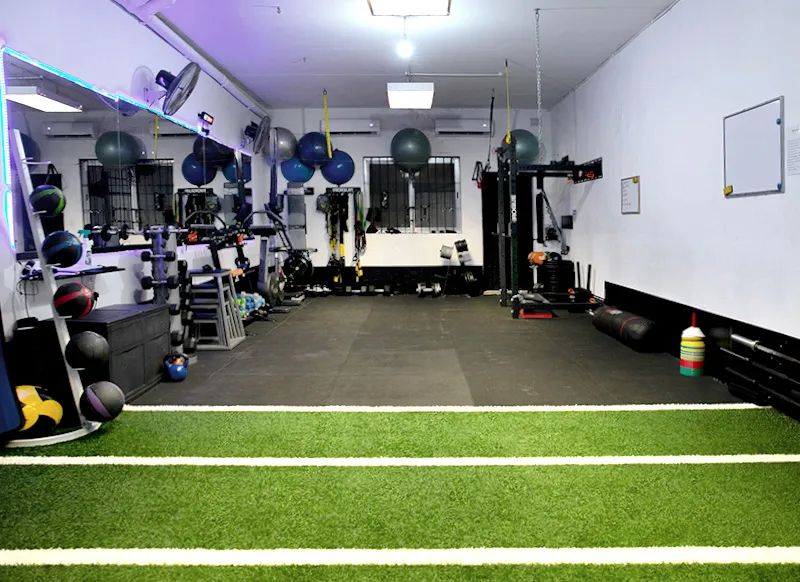
Conversations with him during the course revealed a strong and driven desire to advance the quality of personal training in Malta.
After graduating with the EPTI Advanced Personal Training Diploma, he set up his own 75m2 PT studio in a garage unit in Luqa in January 2018, naming it Fit Stop Fitness Centre. He then set about putting the lessons learnt during his EPTI Personal Training course into practice, working full time hours with personal training clients in addition to, and around his full time shift work at the airport.
Over the course of the next couple of years, he continued to invest in his business while still working as a full time firefighter, and growing the client base up to 60 members. During this time he established a team of fitness professionals to service this growing membership base. A number of EPTI PT graduates have worked with Carlin at Fit Stop.
When the first Covid lockdown occurred in early 2020, Carlin was already working on developing his own fitness app and was able to keep his members active through online training via the app. When gyms re-opened, he welcomed back his previous clients that were also joined by many new members attracted to Fit Stop by the accumulating positive reviews online.
Carlin subsequently invested in a second, larger premises in Paola, in the second Covid lockdown. During this difficult time, whilst gyms were forced again to close, renovation work was done and a 210m2 gym was installed and equipped with quality equipment and open to the public in November 2021.
Now that Carlin’s business had now grown to such an extent that it required his full focus, he left the fire brigade to concentrate on managing the personal training systems across both Fit Stop Fitness Centre gyms.
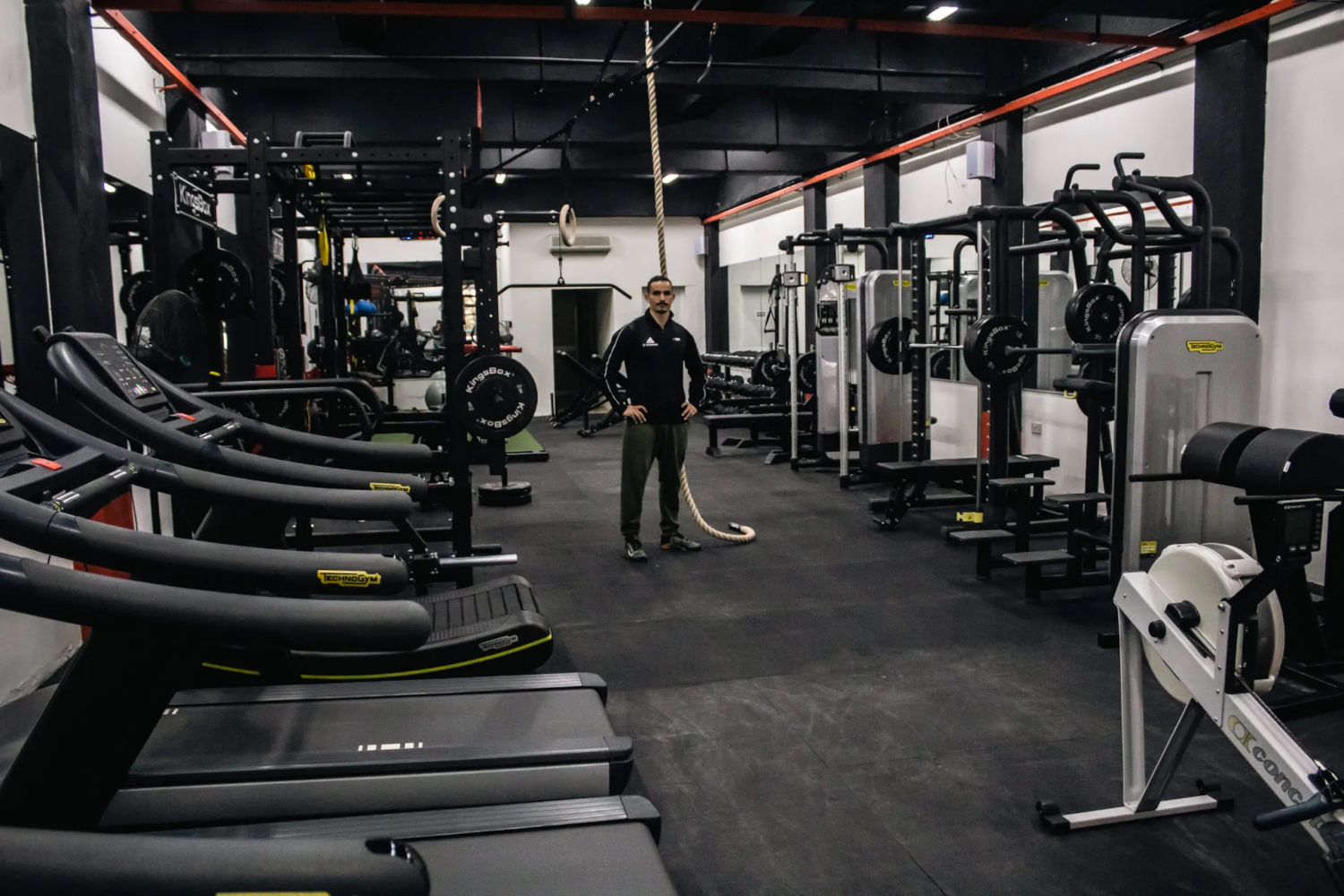
Carlin and Fit Stop have since gone from strength to strength. He now employs a team of 12 personal trainers across both locations and has a membership base of over 230 clients, which includes government ministers, and prominent journalists and TV hosts from the Maltese media.
As well as face to face personal training at both locations, clients are also able to tap into the Fit Stop Fitness Centre app to access online and hybrid personal training programmes. At the Paola gym members are also able to purchase healthily prepared food from the fuel bar.
In April 2022 Fit Stop’s achievements and contribution to the fitness industry were recognised in winning the ‘Rising Star’ category at the Malta Healthcare awards.
Carlin is certainly delivering on his promise that he made back in 2017, to raise the bar for personal training in Malta!
https://www.fitstopmalta.com
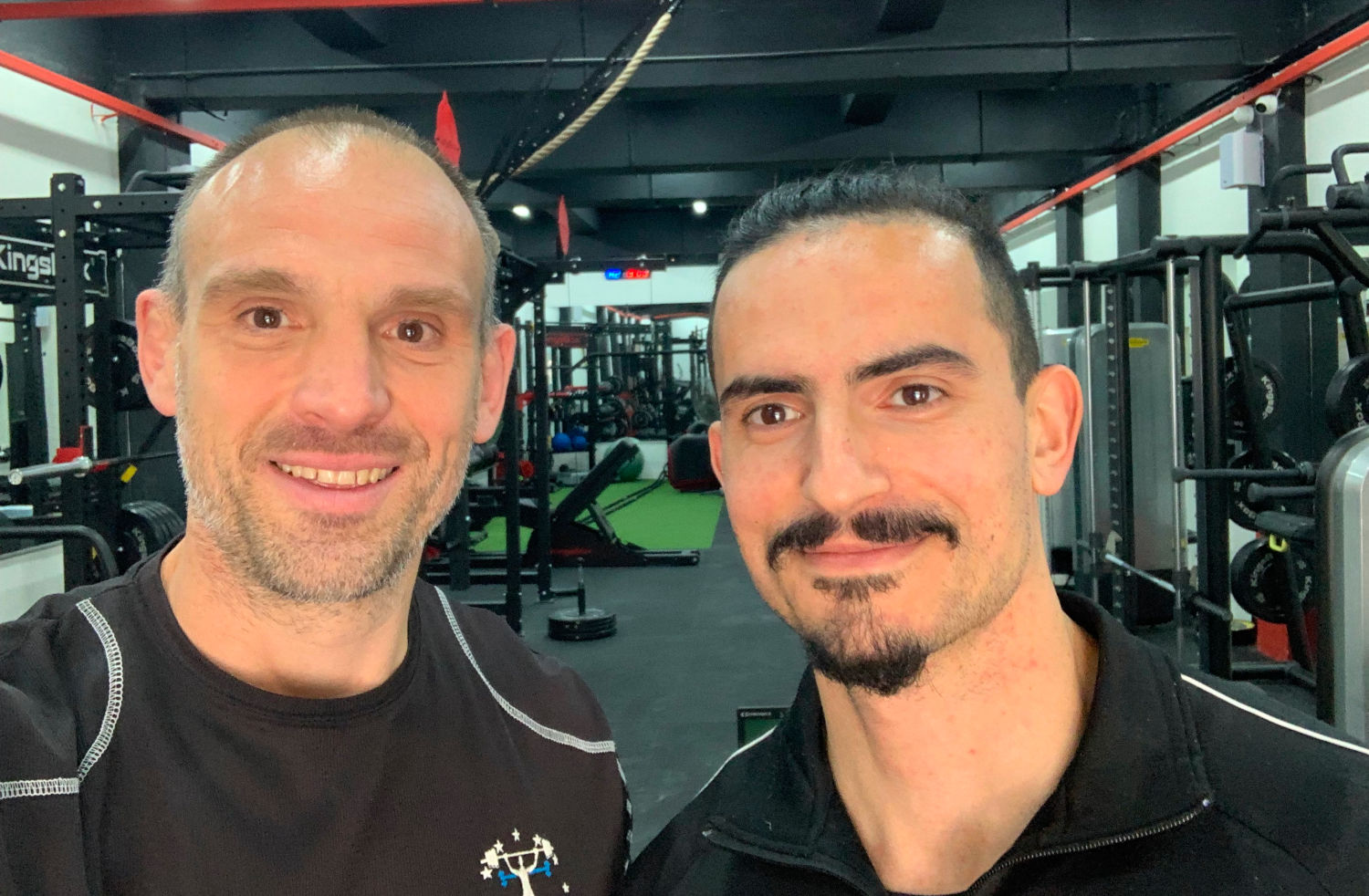
If you would like to follow a rewarding career that inspires and motivates you to enrich peoples’ lives, then get in touch with us to receive more information about our Personal Training Diploma and Gym Instructor courses in Malta.
https://www.europeanpti.com/contact
EPTI is Licensed as a Further Education Institution by the Malta Further & Higher Education Authority (MFHEA) (#2021-012).
Furthermore, all EPTI Personal Training Diploma course packages are approved for Get Qualified funding in Malta.

